Apple just announced the iPhone 6, and no matter whether you've been with Android for a few months or few years, there's a good chance you're enticed by the idea of switching over to the other side.
As a diehard Android user, I can't blame you. A bigger screen, better camera, new iOS 8 features, and a ton more all in a "it just works" package—what's not to like?
So, if you're thinking about making the jump to the fruity side of the smartphone spectrum, here's what you need to know to make the best decision possible.
What You'll Miss About Android
Since you're already used to Google's platform, it only makes sense to point out the things that you'll miss with Android by converting to iOS.
1. Perfect Google Apps Integration
Android users know that for the best experience possible, they need to be a part of the Google apps ecosystem. Luckily, most Google apps are freely available for the iPhone. However, if you use Hangouts for SMS or Chromecast for screen mirroring, you're out of luck.
2. Maximum Home Screen Customization
Out-of-the box, you can change wallpapers, add widgets, move apps around, and even change the default manufacturer's home launcher to many of the very polished options on the Google Play Store. These launchers can offer things like gesture support, dynamic tiles, custom home screen grids, and the list goes on.

Themer launcher.

Aviate launcher.

Themer launcher.

Aviate launcher.
With an iPhone, you can change the wallpaper and move apps around. It's customization to be sure, but nowhere near what Android offers.
3. Rooting & Modding
While home screen customization is a standard feature, rooting allows you options that you probably didn't think could exist. And now, rooting has never been easier on Android, opening up a big world of deep, system-level mods.
It's a safe bet that a jailbreak method for iOS 8 will be available at some point, but even then, many hacks are surface-level, while a good majority of others come at a monetary cost.
4. Android Wear Compatibility
If you own an Android Wear device, know that they will only work on Android devices. While it's conceivable that Google could make their Wear app compatible with iOS, I wouldn't bet on that happening anytime soon.

Same deal if you're a Google Glass Explorer. You probably didn't shell out $1,500 just to have it not sync with your phone.
5. Widgets, Widgets Everywere
I love widgets on Android. Of my three home screens, two contain only widgets, while the third is a mix of apps and widgets. To me, this is something that Android does very well—something that Apple is implementing in their own, very different way.






Rather than the dynamic widget design concept we showed you previously, widgets on iOS are restricted to the Notification Center. While technically present, they're a whole other thing compared to Android's implementation. This sort of goes back to the limitations on home screen customization—the iOS home screen is meant for apps and apps only.
6. Plenty of Stock App Replacements
Touching on customization yet again, Android allows for third-party apps to govern basic system functions, like making calls and sending texts. That means if you don't like Google's, HTC's, LG's, Motorola's, or Samsung's default apps, you're not bound to them.

Dialer replacements.

SMS replacements.

Dialer replacements.

SMS replacements.
Apple has taken a small step in this direction with third-party keyboard support, but that only skims the surface.
Also worth noting is that Apple's iMessage platform is completely proprietary, and it's Messages app is pretty stellar. But again, if you like options, you won't find them here. As non-SMS based messaging options like Facebook Messenger and WhatsApp continue to gain popularity, third-party integration is becoming less necessary, at least in this one aspect.
7. All of Your Google Play Store Apps
Any apps that you've purchased from the Play Store will not, predictably, transfer over to an iPhone. So not only will you likely have to pay up again on the iOS App Store for apps you've purchased from the Play Store, you'll likely find that a few of your free Android apps come at a cost on iOS, or aren't even there.
8. Split-Screen Multitasking
Many manufacturers, including LG and Samsung, include multi- or split-screen multitasking support for apps. Taking it a step further, it's usually possible to port or mimic these features on other rooted Android devices.

LG's "Dual Window".

Samsung's "Multi Window".

Nexus 5 root-hack.

LG's "Dual Window".

Samsung's "Multi Window".

Nexus 5 root-hack.
Unfortunately, even with a 5.5-inch variant, Apple hasn't introduced this type of feature on their devices. I'd bet that it's coming for the iPad, but that likely isn't going to happen until the next version is released.
9. Unlimited Data Tethering
If you're on any sort of unlimited data plan from your carrier, it's likely that they'll require you to pay an extra monthly fee to tether your phone's connection to another device. On Android, it's possible to unlock this feature without paying up, as long as you use a rooted device with the appropriate hack.

On an iPhone, even with jailbreak, tethering is still locked up. Now, if your carrier gives you a data cap, it won't make any difference, as tethering will be unlocked, but obviously pull from your allocated data.
What You'll Love About the iPhone & iOS
Okay, now that that's out of the way, let's get to what Apple can provide you with on the iPhone that Android is currently lacking, or implementing poorly.
1. One Manufacturer to Rule Them All
The fact that Apple is the only manufacturer of iOS devices means that there no issues with app compatibility. This means that apps will look and work the same from one device to the next (because all iOS devices are Apple devices), even with varying screen sizes.
Gotta hand it to Apple, they have a very clean app ecosystem.

Additionally, because of the power that Apple holds as sole provider of iOS devices, they are not at the whim of carriers. This means that the only bloatware apps on iPhones are the ones from Apple themselves. And not being at the mercy of carriers means that when Apple is ready to issue iOS updates, they don't need to go through the compatibility and features testing by carriers that are the bane of Android's update policy—save for Nexus devices, because Google holds plenty of clout themselves.

Lastly, the closed ecosystem provides for an amazing, unified approach to customer and tech support. Visiting an Apple Store will usually leave you with a resolution to any issues you walked in with, especially if your device is under warranty. With the trove of manufacturers of Android devices, you may have to turn to the carrier, the reseller, or the manufacturer for support—frankly, it's a jumbled mess.
2. Unbridled "Continuity" with Macs
iOS 8 and Mac OS X Yosemite will play very nicely together, with what Apple is calling "Continuity". Start an email or message on your phone and finish it on your Mac or other iOS device; answer calls and reply to texts on your Mac; start editing an image in Photos and finish it up on your computer.

Sure you can do much of this with app combinations on Android—like with MightyText, Pushbullet, and Google Voice—but that's a far cry from the seamlessness of Continuity.
3. iTunes & iPhones Were Made for Each Other
If you're an iTunes user, the syncing capabilities with an iOS device are fantastic. You can back up tracks, listen from the cloud, create playlists, assign favorites, and more. Though, if you use streaming services such as Spotify or Google Play Music, iTunes won't matter as much, and these services play well with both Android and iOS.
4. Apple TV Screen Mirroring
While you may no longer be able to mirror your device with your Chromecast, you will be able to with an Apple TV. In addition to mirroring, you'll have standard streaming box functionality, like dedicated apps and music streaming.
5. Third-Party Keyboard Integration
While not nearly at Android's level, Apple has eased its grip a bit with iOS 8, allowing for third-party keyboards to work system-wide. Personally, I can't stand not being able to long-key a character for secondary options, and I hate that no matter whether you're in caps-lock or not, all the letters on the keyboard are upper-case.

TouchPal keyboard for iOS 8.
But now, you can use popular keyboards like SwiftKey, Swype, TextExpander, and more, simply by installing them from the iOS App Store.
6. Actionable Notifications
Replying to notifications without entering the app that they're linked to is something that Android introduced with KitKat, and slowly but surely, many apps have taken advantage of the feature. Now, Apple's jumped on board as well, and it's awesome.




Get a notification, deal with it (trash, reply, mark read, etc.), and go about your business—you won't even have to leave the app you're currently in!
7. Best of Both Worlds
I mentioned above that Google app integration isn't as fluid on iOS as it is on Android, but it's not so bad once you're used to it. You can still use Gmail for emails and Google Play Music for streaming. And you can stick with Google Now's information and assistant service, but still use Siri if you wanted. Of course, Google Now won't be as tightly integrated as Siri is, but even on the Android side, you have manufacturers placing in their own personal assistants.
8. Exclusive Apple Watch Compatibility
The show-stopper at Apple's big announcement wasn't even a phone—it was the Apple Watch. Slated for an early- 2015 release—and at first-glance a winner in the Android versus Apple wearable competition—this sucker is going to be a hot seller. And if you want one, well, you'll need an iPhone.

I stated above that it's not out of the realm of possibility that Google will someday release an Android Wear app for iOS, but I definitely do not see a day where an Apple Watch even remotely works with an Android device. It's apparent that the two giants want to lock you up into their own products and services, and wearables may be spearheading that effort.
9. A Secure Platform
The way Apple handles app permissions is just flat-out better than Android. Rather than providing access to permissions at install like Android, iOS alerts you when an app needs a specific permission.
For example, when you use the Waze navigation app, you'll be asked for GPS/location permissions when the app needs it. While that's fairly obvious with a navigation app, it's helpful for apps whose permissions you may not understand.
Why is an app asking for camera or phone access? You'll know, because that app will need your okay before actually accessing those functions. This is one of my biggest gripes with Android, and Apple absolutely got it right.
Android vs. Apple: Which One Wins the Battle Now?
So, the iPhone 6 is bigger (even bigger still if you opt for the Plus variant), it's faster, it's thinner and rounder, it finally sports NFC and mobile payments, and it's damn-near exclusive in terms of compatibility with the Apple Watch. But the Android fanboy in me needs you to see this:
Now, Android loyalists have been giving iOS users this sort of grief for some time, and it's not entirely wrong. But, of course, it isn't entirely right. What sets Apple apart is their closed ecosystem. They know that they don't need to rush out imperfect features just to stay ahead of their competition. After all, they themselves are the only source of iOS devices.
Yes, they refused to incorporate NFC chips long after every Android device had them. That is until they lined up a ton of payment partners (although many were in place long ago thanks to Android), a new and secure way to handle payments, and an app that's seemingly very easy to use. Does Android have these capabilities in play? For the most part, yes, but nothing that is neatly packaged in such a consumer-friendly way.
Yes, they stubbornly stuck with a smaller form factor, but their fans loved it. When Android changed the smartphone landscape by making 4.5+ inch devices the normal, Apple buckled, but in their own way. With two devices, they not only confined to the normal, they added to it with a feature-extra 5.5" model to provide options for those that want an even bigger display.
The same can be said of widgets and third-party app integration. It's not as robust as Android, but it's the Apple way. Android is amazing when used with quality apps, but not every app is up to the challenge, nor are they required to be. On the flip side, Apple demands more from their app developers. If you want to incorporate a Notification Center widget for your iOS app, it sure-as-hell better work the way Apple intended. And that means that "it just works."
So, with this knowledge in hand, which way are you leaning? Let us know in the comments below, and make sure to throw some of your questions and/or concerns at us. Will this be the year that Apple gains some of its market share and loyalty back? Hit us up on Facebook and Twitter to let us know.







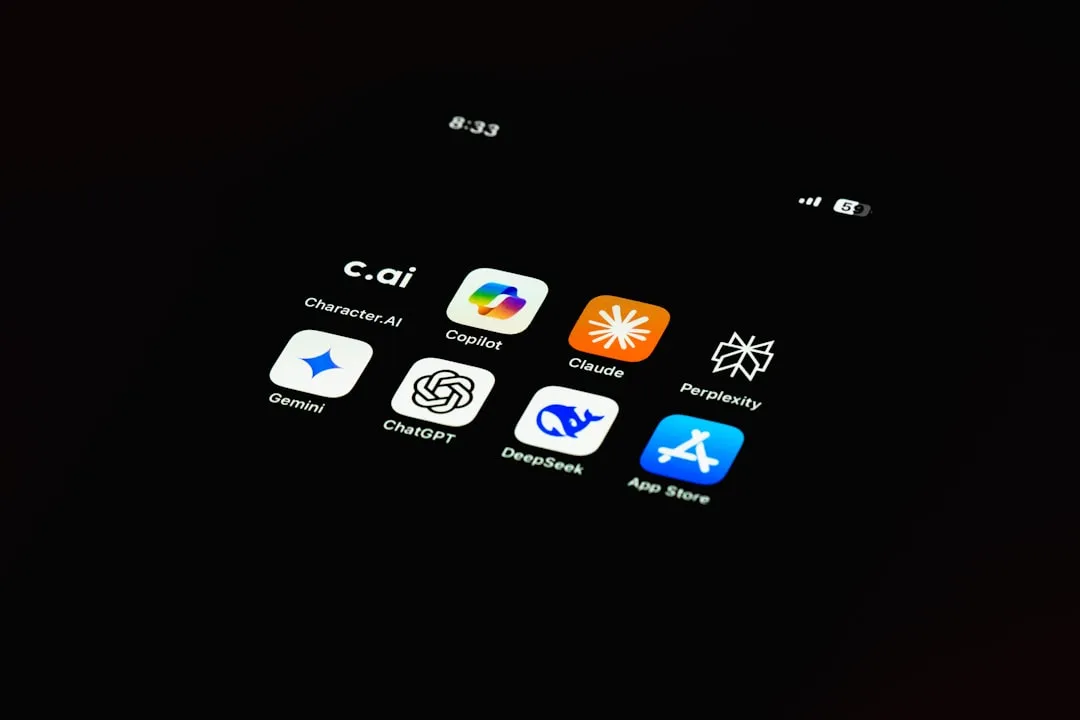


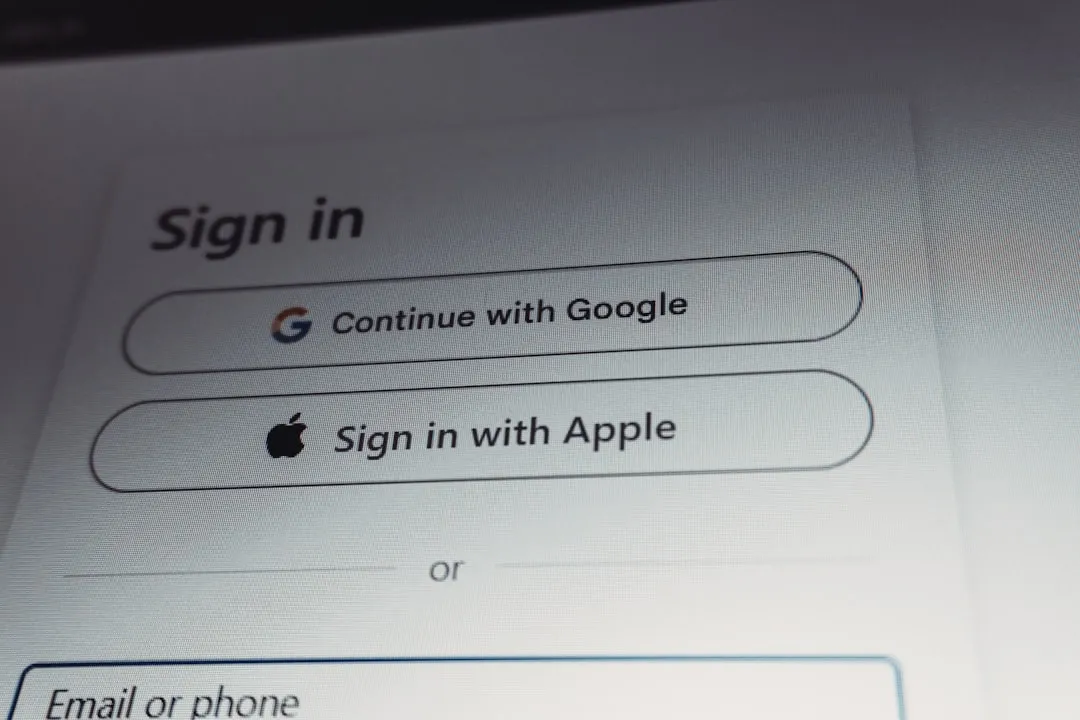
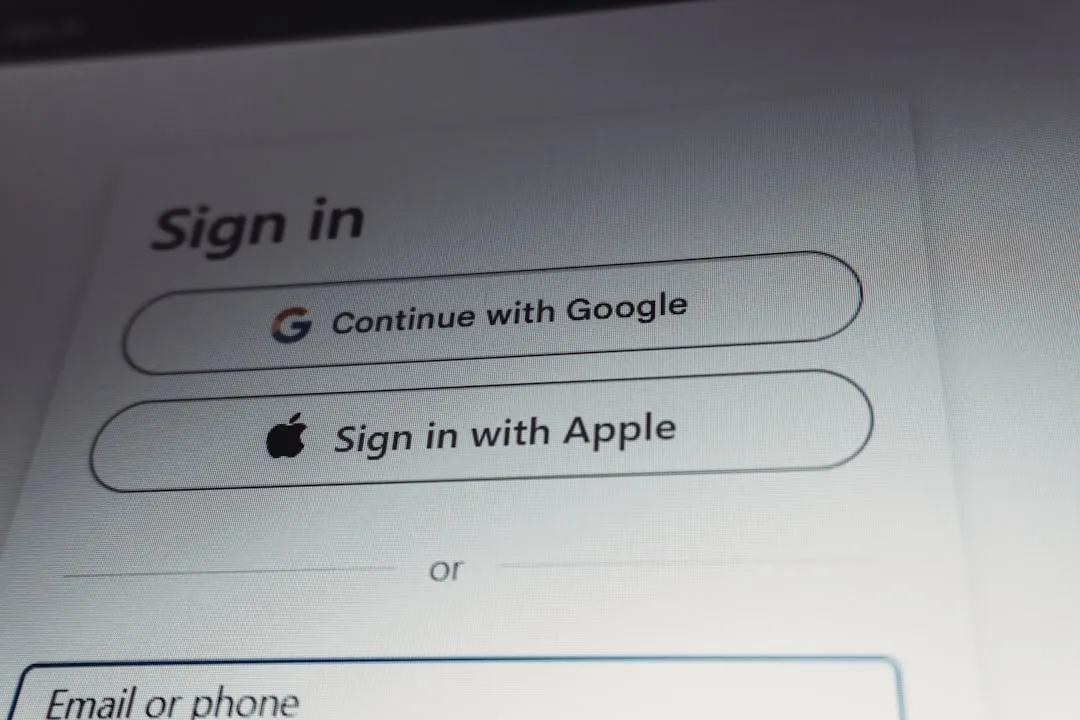
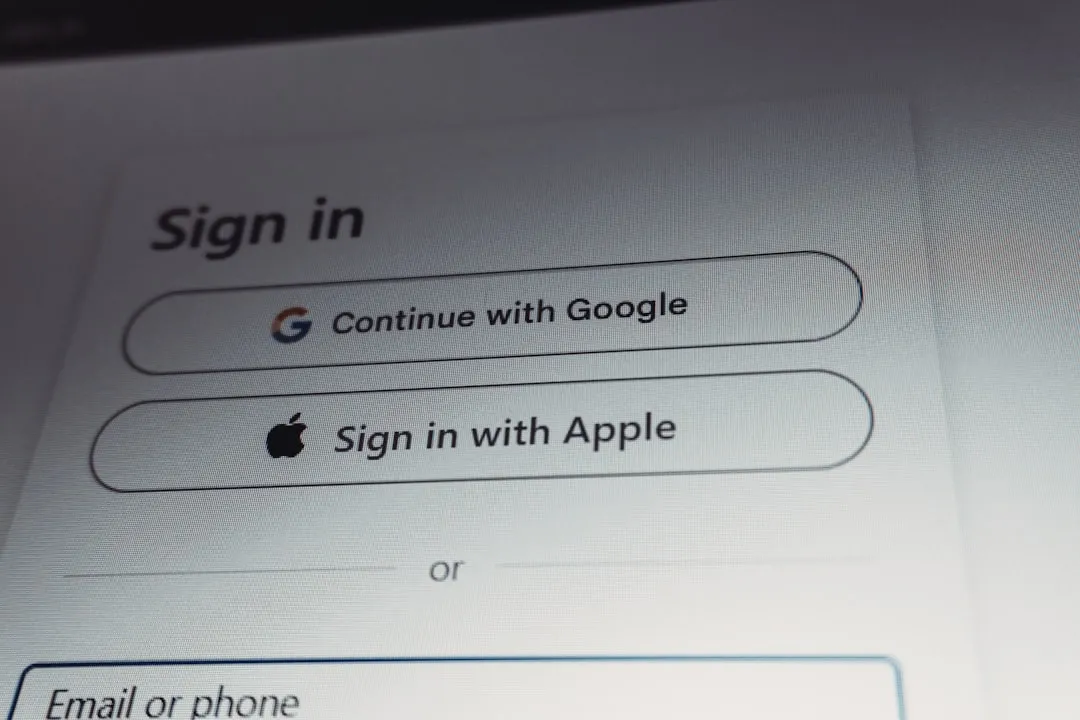

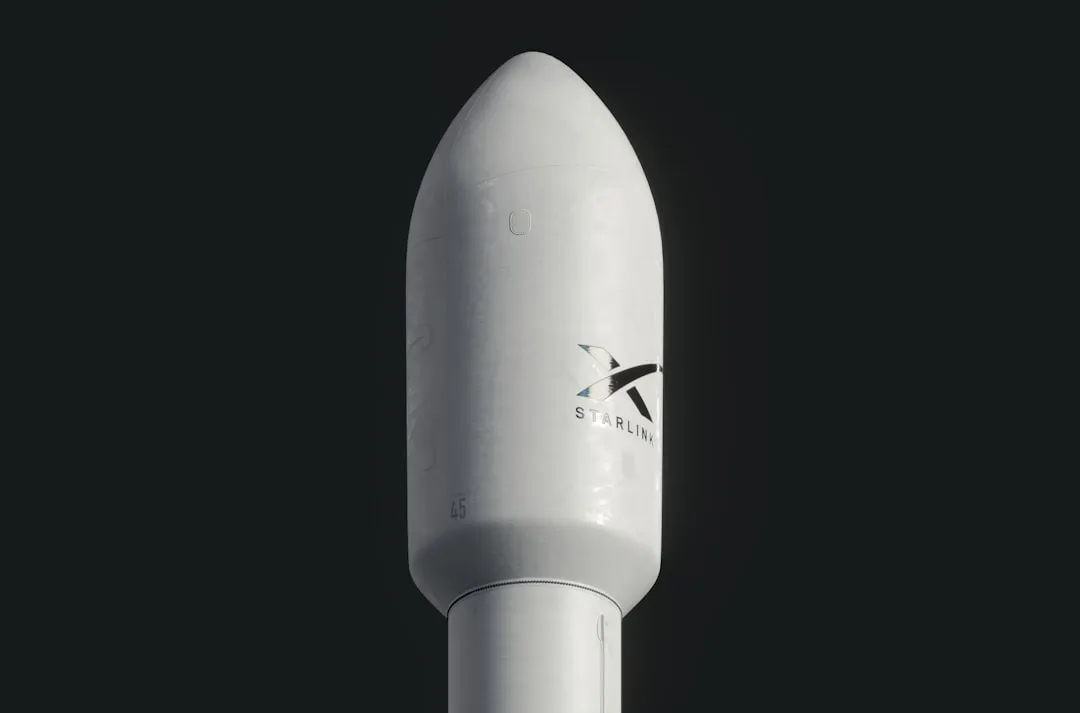











Comments
Be the first, drop a comment!